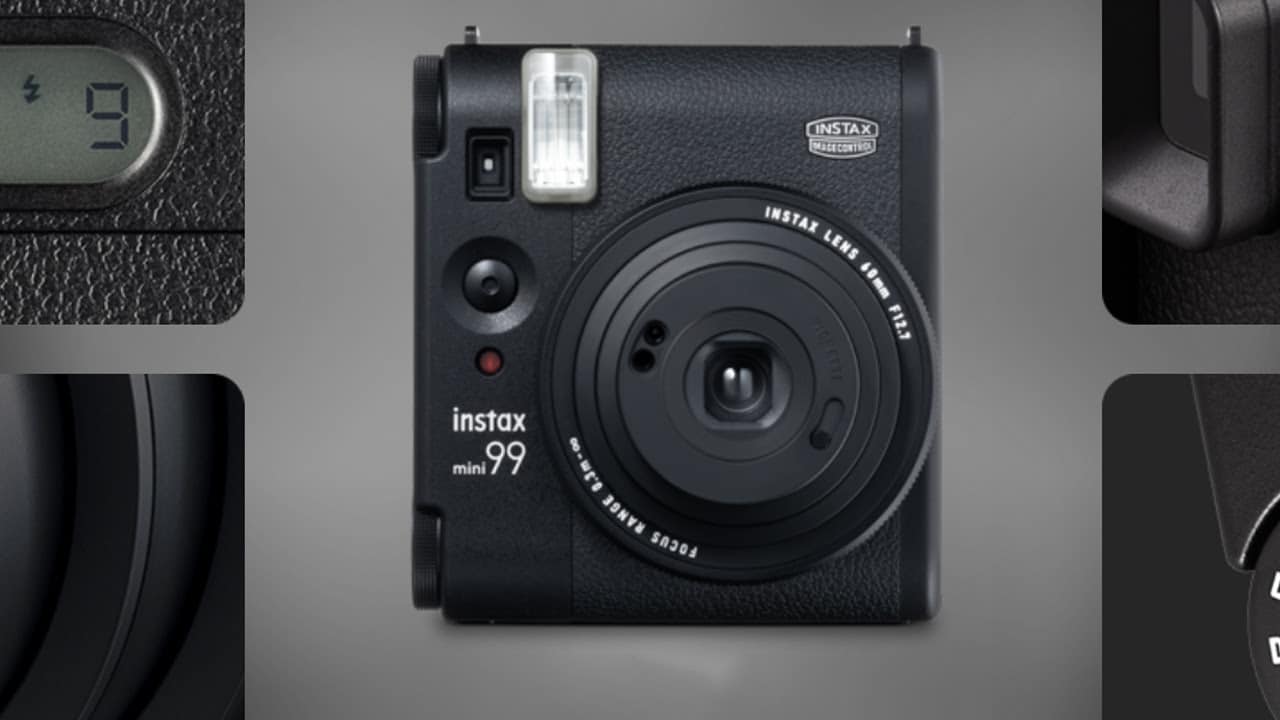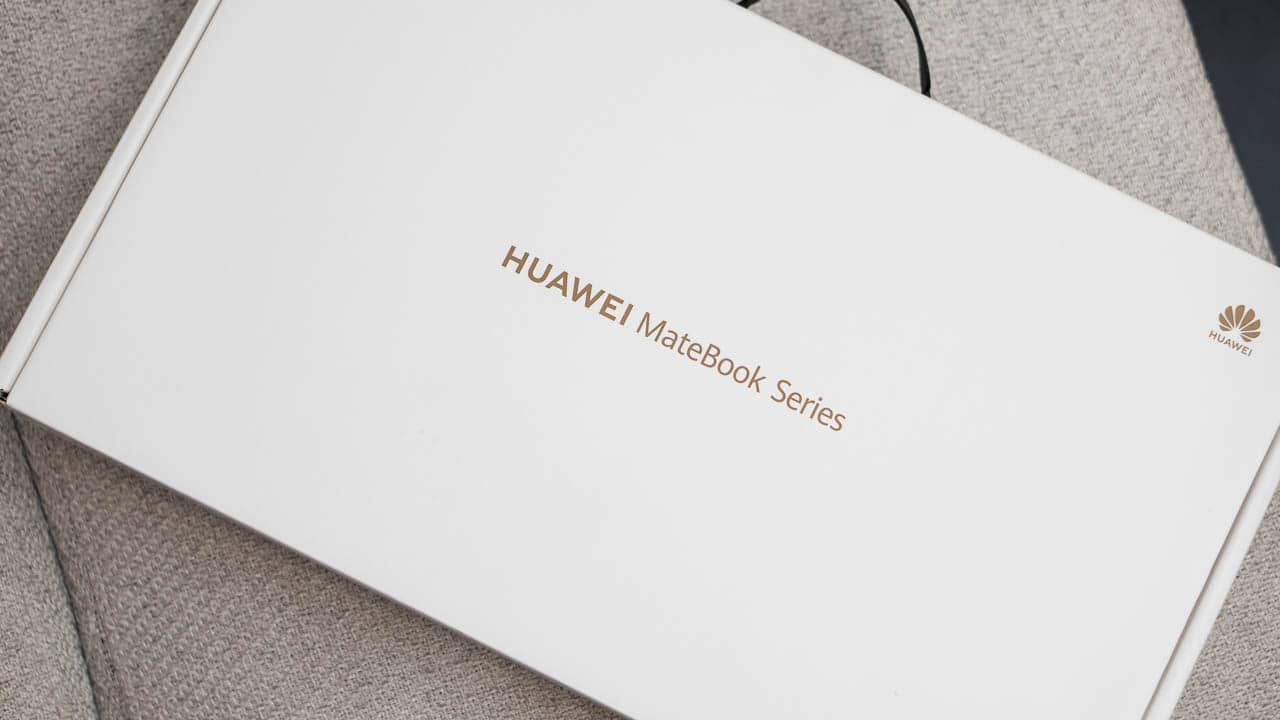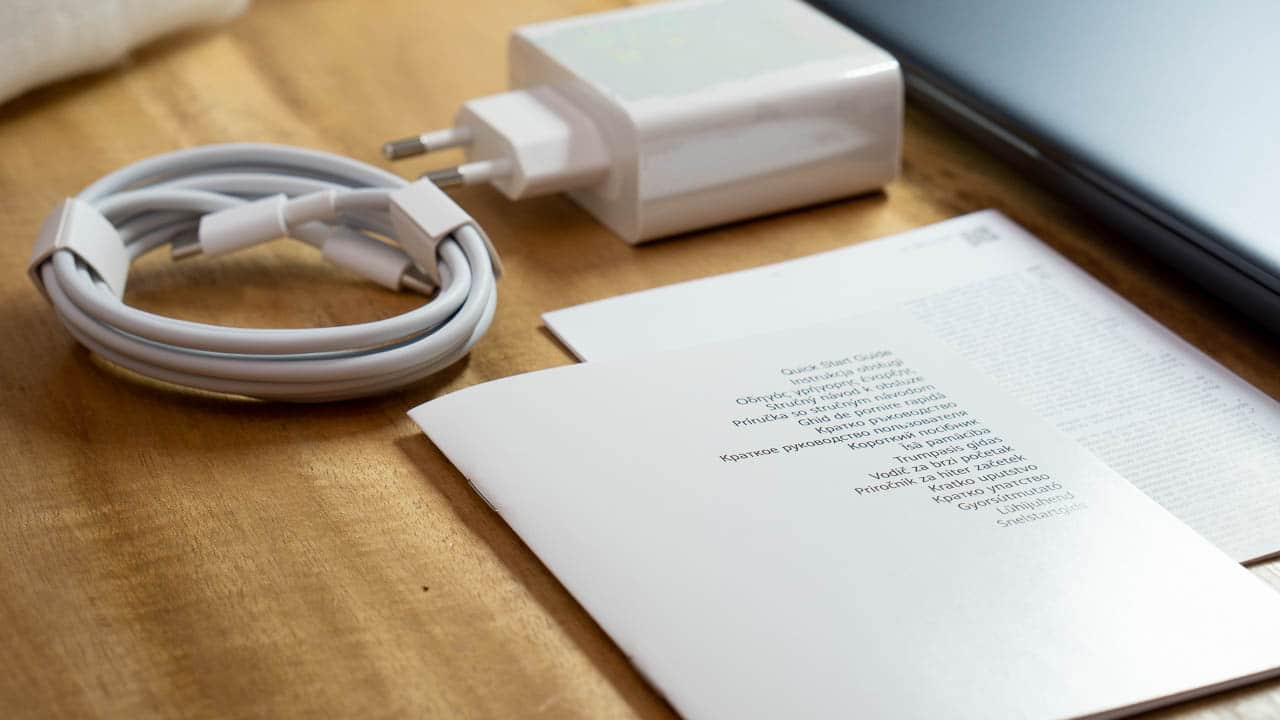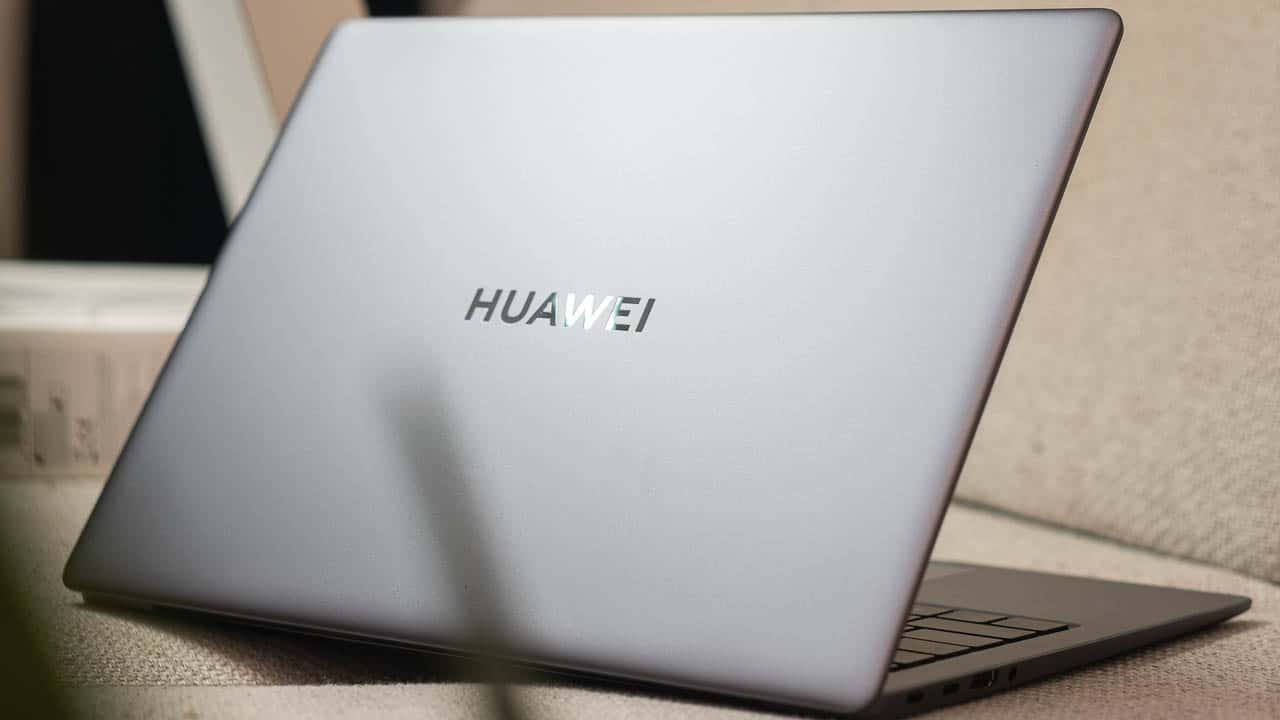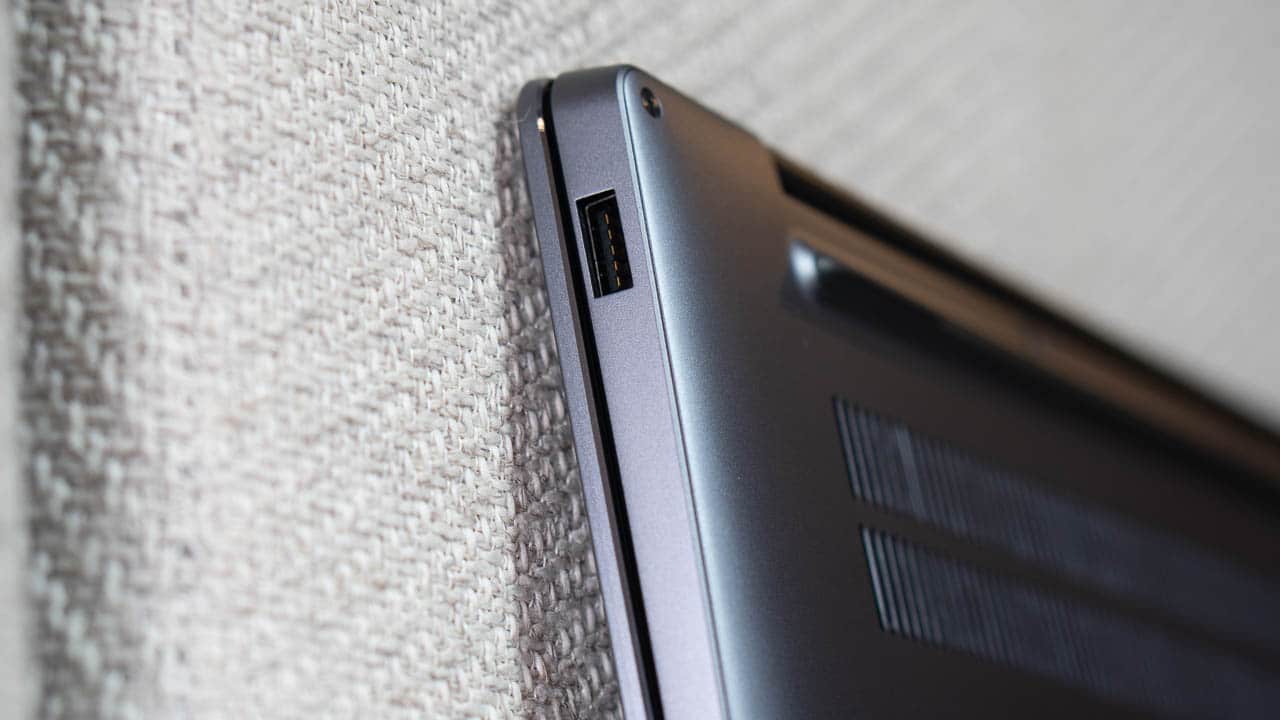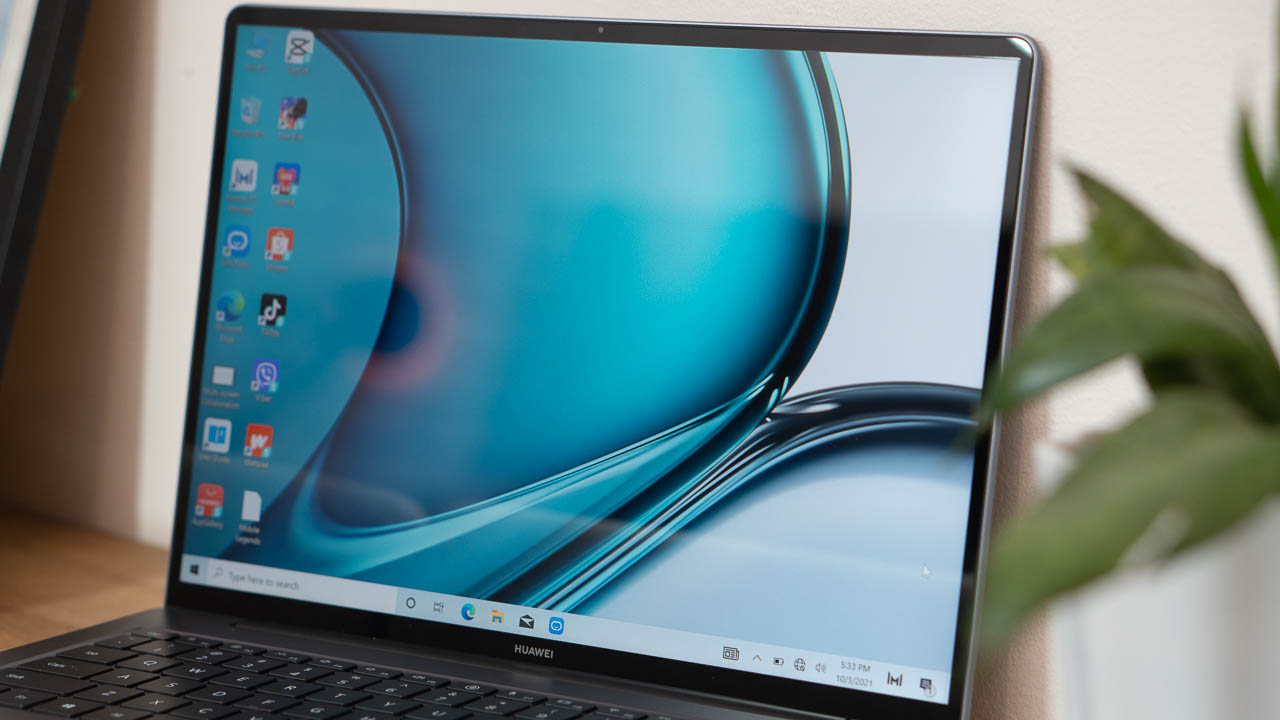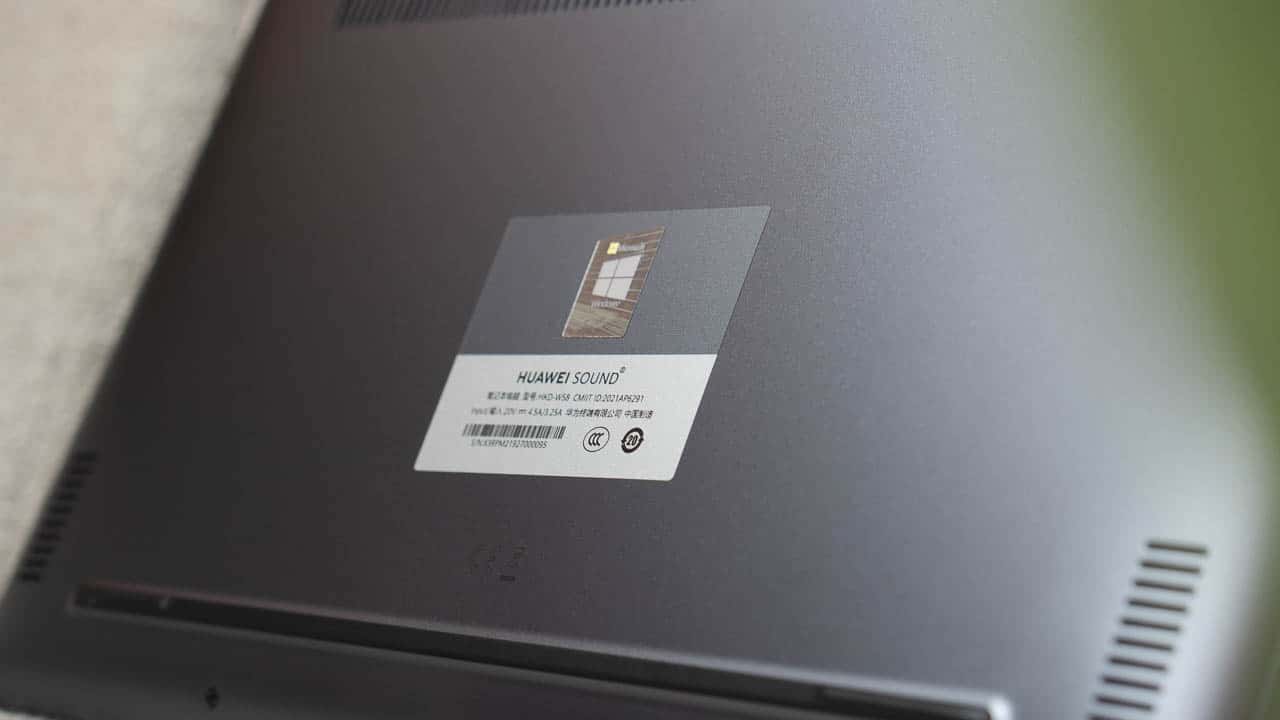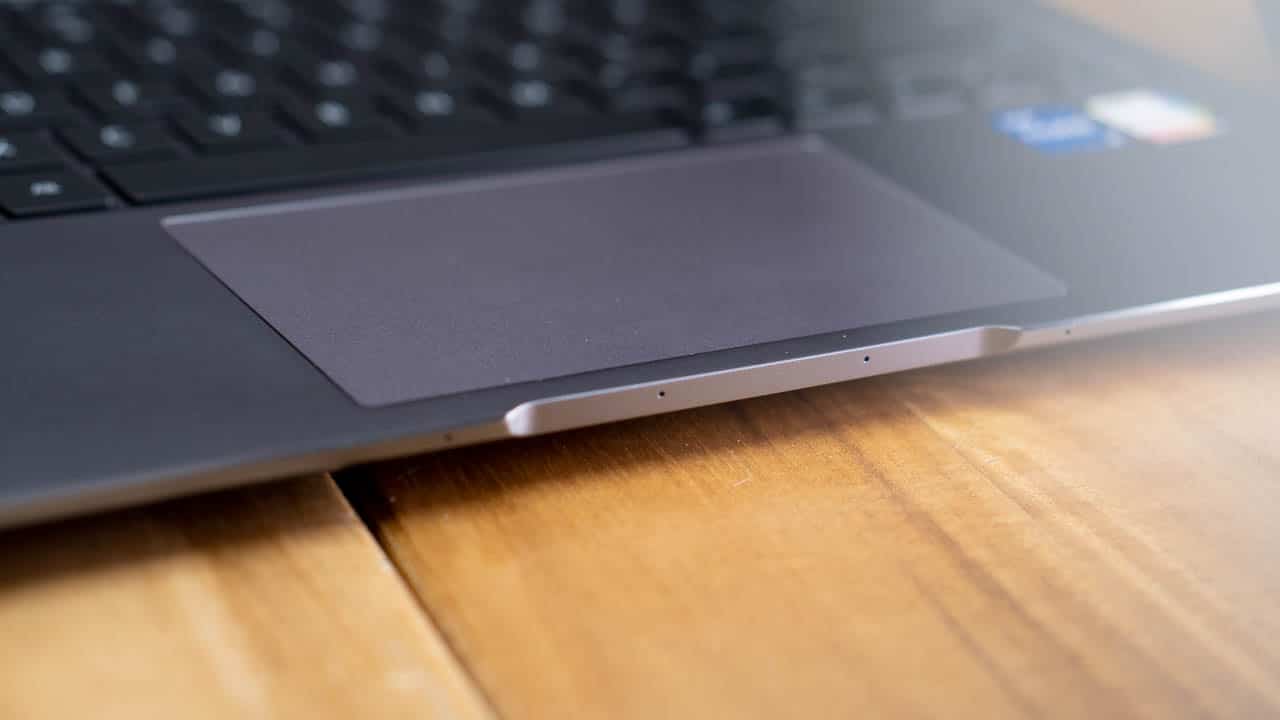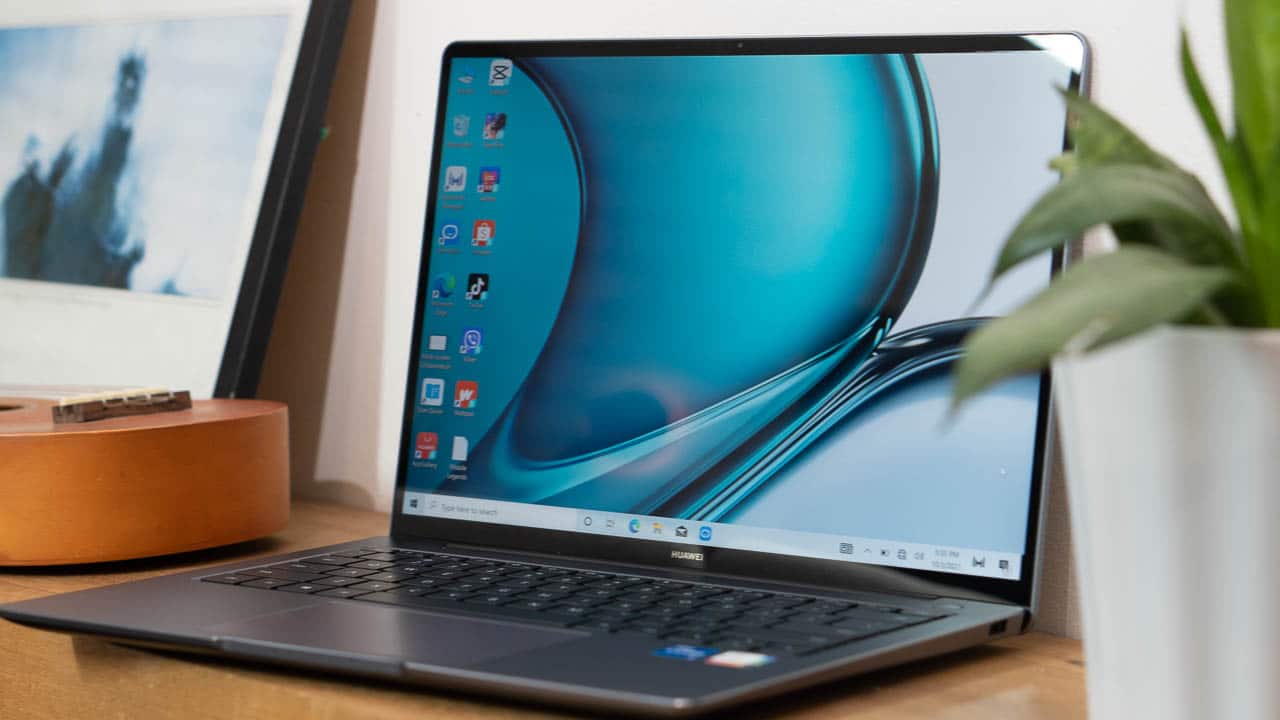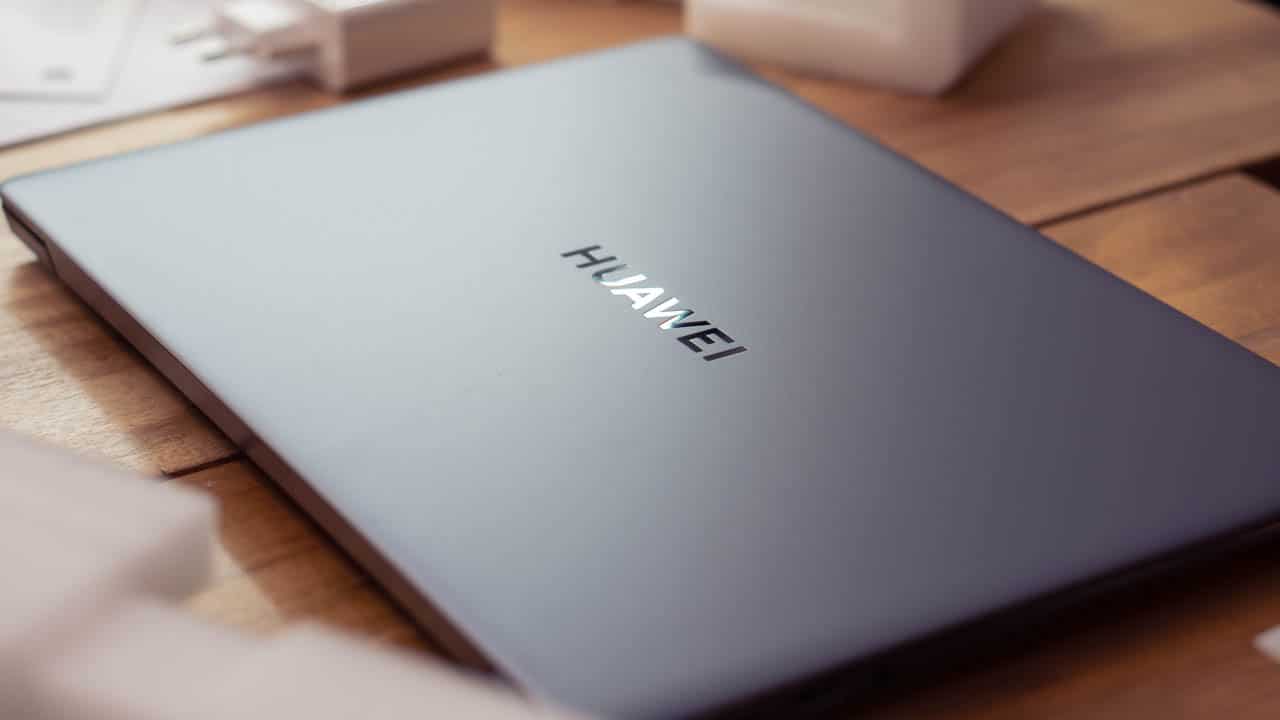OPPO is back at it with its flagship lineup – the Reno series. The company has released the Reno 7 5G which features some of its latest tech with high-end specifications. However, a more affordable variant comes in the form of Reno7 Z 5G.
With the successor of the Reno6 Z already making its official launch in the country, can this latest OPPO model deliver on all the hype?
Design
Right from the get-go, the visual design of the Reno7 Z 5G is eye-catching with its 7.49mm slim exterior along with flat-sided profiles and bezel-less design. The rear camera, utilizing a triple-lens setup, has a symmetrical layout that displays a balanced pattern.
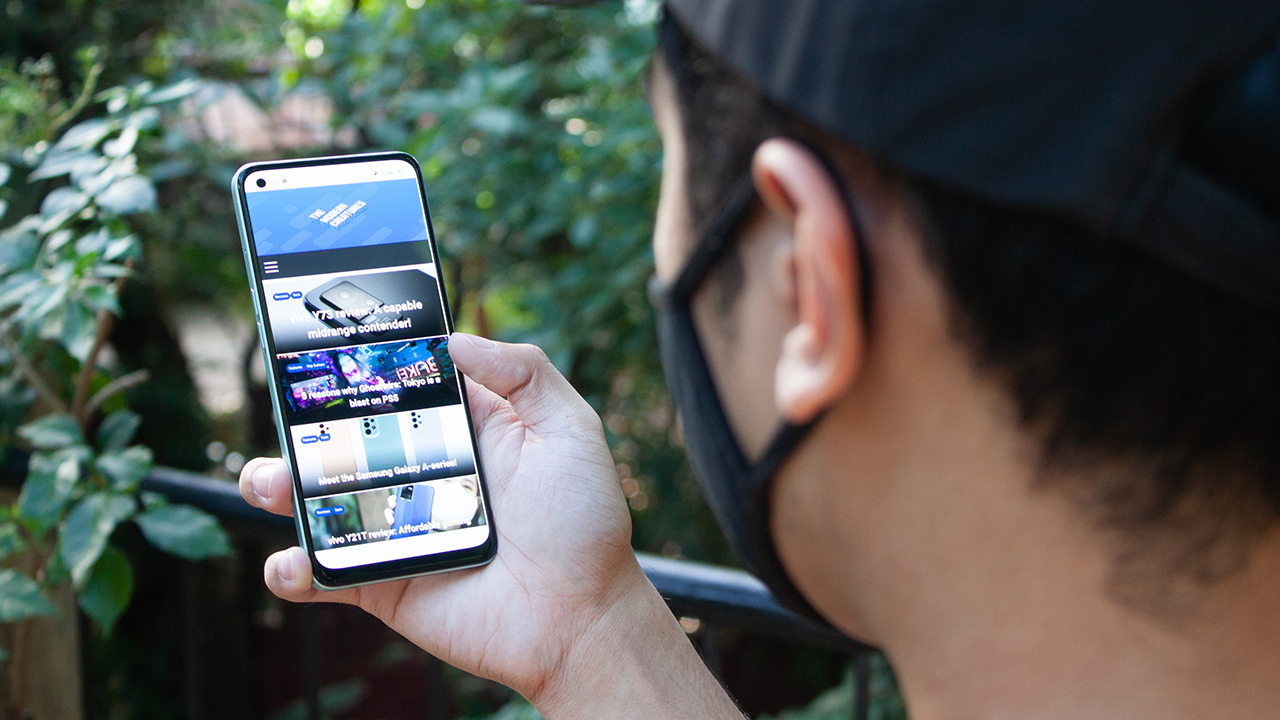
Adding all the sleek features this model has to offer, the cherry on top is the integration of a functional and new lighting system around the camera lens called “Dual Orbit Lights”. It not only adds to the overall aesthetic but also can be programmed for multiple purposes.
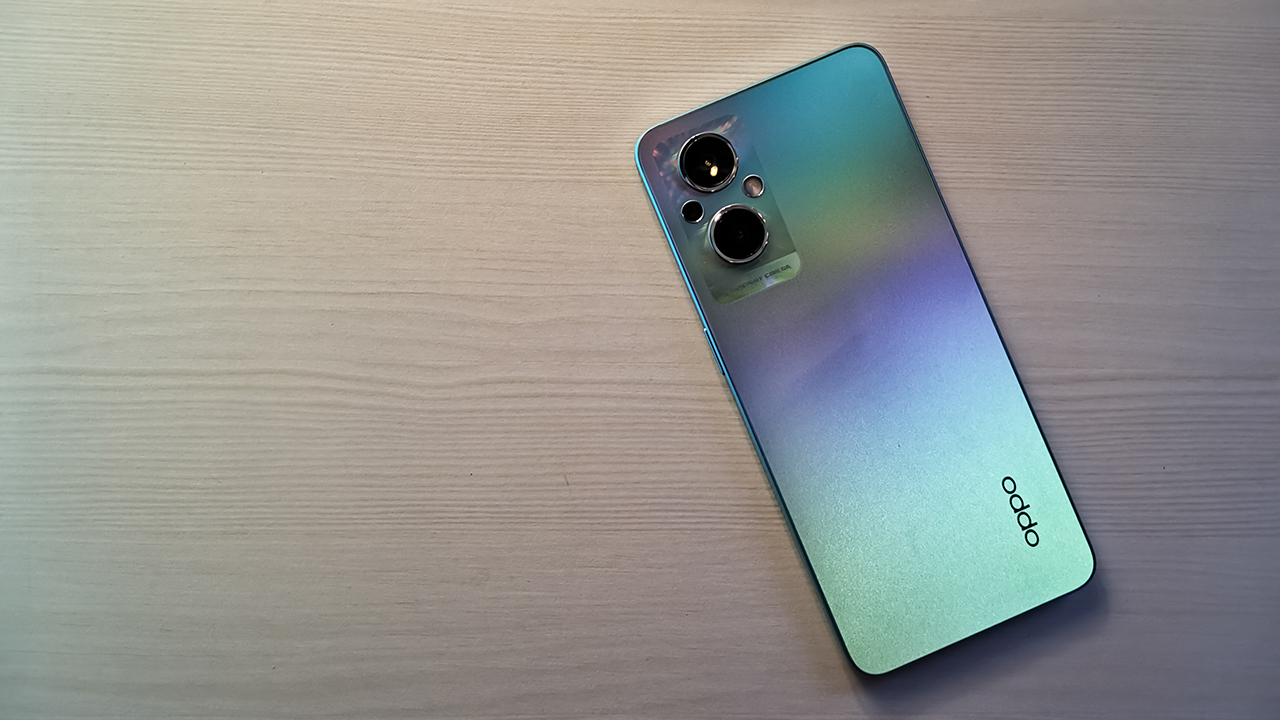
This mobile phone also has two colorways available at launch — Rainbow Spectrum and Cosmic Black that sports a smooth matte finish at the back panel to reduce fingerprints.
Moving on to the side panels, the left area has the volume rockers and SIM card tray while the right side has the power button. The bottom of the phone is also equipped with a USB-C charging port along with a microphone, speaker grille, and an audio jack.
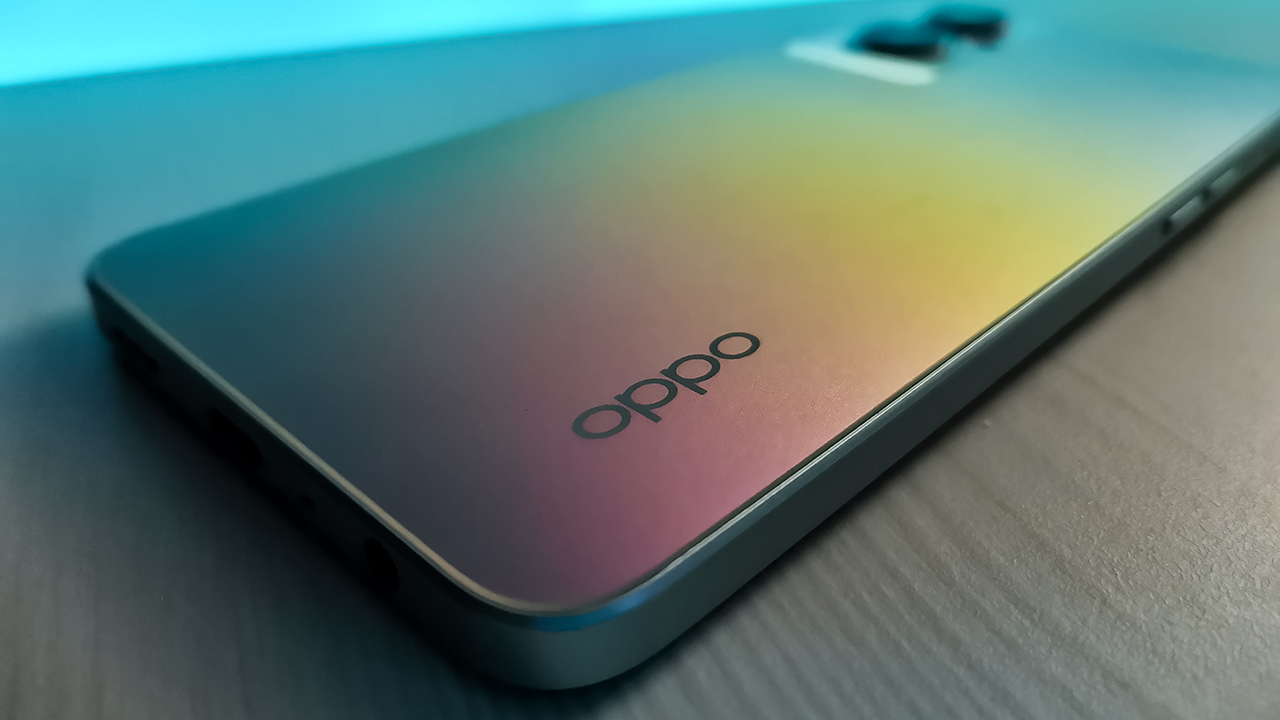
All in all, the design of the phone has a neat and minimalist approach. Pair that with Reno7 Z 5G’s in-display fingerprint sensor and this mobile device perfectly captures a premium feel.
Display and Multimedia
Having a 6.4-inch AMOLED display, a 60Hz refresh rate, and a resolution of 2400 x 1080, the Reno7 Z 5G also provides a decent experience when it comes to watching movies, playing games, or other regular activities.
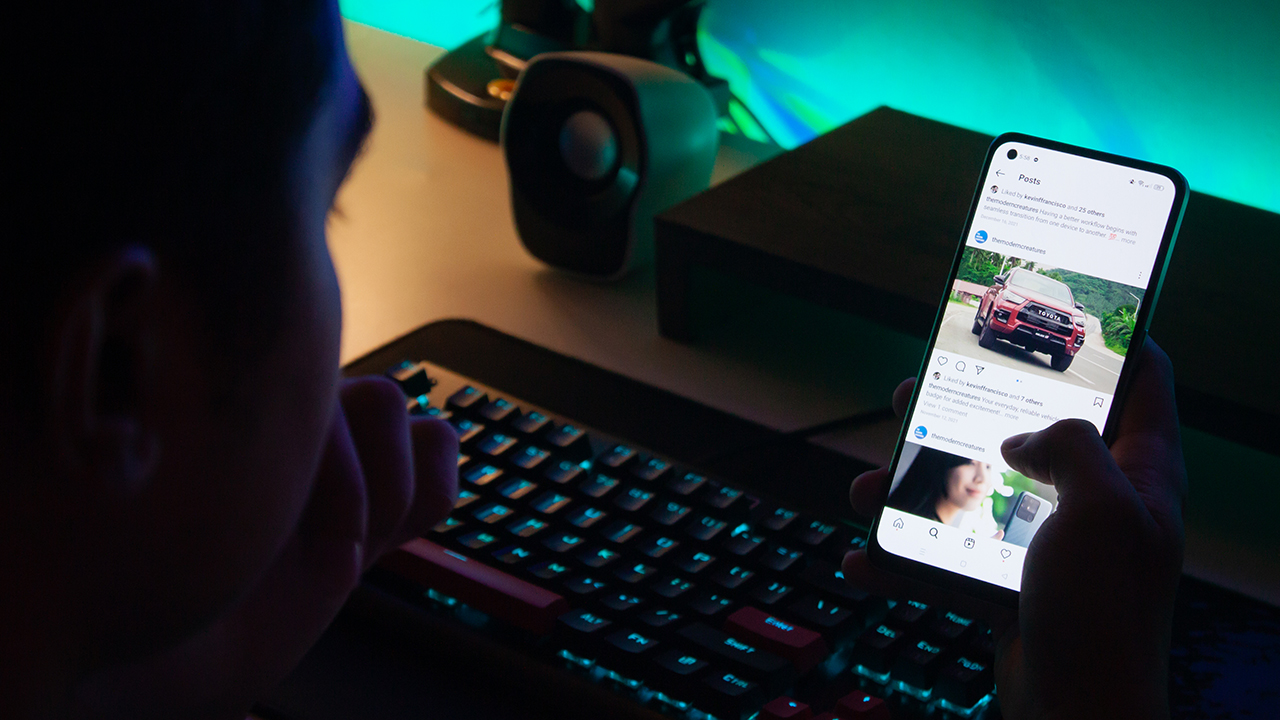
On the other hand, the speaker performance of this phone can impressively go loud without losing much clarity as made possible by its Real HD Sound 3.0 and Smart Power amplifier where audio is optimized for better quality sound.
Camera
The Reno7 Z 5G is equipped with a triple-lens system on its rear camera consisting of a 64-megapixel f/1.7 high-res main, a 2-megapixel f/2.4 macro, and a 2-megapixel f/2.4 bokeh sensor.
The front camera also has a decent 16-megapixel f2.4 lens that captures clear selfies with the help of AI retouching. Although, it’s worth noting that it is a downgrade from its predecessor’s 32-megapixel front camera.

At first glance, the camera features seem underwhelming since the Reno6 Z has better shooting utilities, but don’t let those numbers fool you because the Reno7 Z 5G is also armed with an advanced AI that reconstructs your images at a sub-pixel level to create ultra-clear 108MP photos.

Starting with the 64-megapixel main camera, the clarity of the shots is nothing short of impressive. The images taken, especially in a well-lit area, are packed with clear details and vibrant colors.
Next up is the macro lens, this is the part where clarity starts to suffer. Subjects shot even in a bright area are muddy, and even more so when zoomed-in. While a macro lens is nice to have, at the end of the day it still seems to remain a gimmick.
Lastly, the depth sensor — being a must-have amongst modern phones — also produces excellent images, especially with the “Bokeh flare portrait” feature. This is where a powerful AI algorithm transforms background lights into stunning, color-soaked spheres while preserving details of the main subject.
Moving on to video, the Reno7 Z 5G is once again a direct downgrade compared to the 6Z, only having a 720p/1080p at 30fps.
However, despite the limited features, this smartphone still has the capability to shoot quality videos with its built-in motion stabilizer and the Dual-View video where the phone lets you record simultaneously using its front and back cameras.

Altogether, what the Reno7 Z 5G lacks in camera features has been compensated with the advanced AI whether on the shoot or during post-process editing.
For me, one of the highlights of this phone is the AI Palettes 2 where you can simply copy any filter or color grade from a specific image and apply it to your own pictures. As a visual artist, this is handy when you want to capture a certain feel and vibe for your photos.
Performance
Powered by a Snapdragon 695 processor while having a 180Hz touch sampling rate, your average daily tasks and multitasking is nothing but a breeze to the Reno7 Z 5G. Switching between your apps can also be done without the worry of hardware lag thanks to its expandable 8GB RAM and 128GB ROM.
One of the notable changes of the Reno7 Z from its predecessor is the switch of the processor and GPU — from Dimensity 800U to Snapdragon 695.
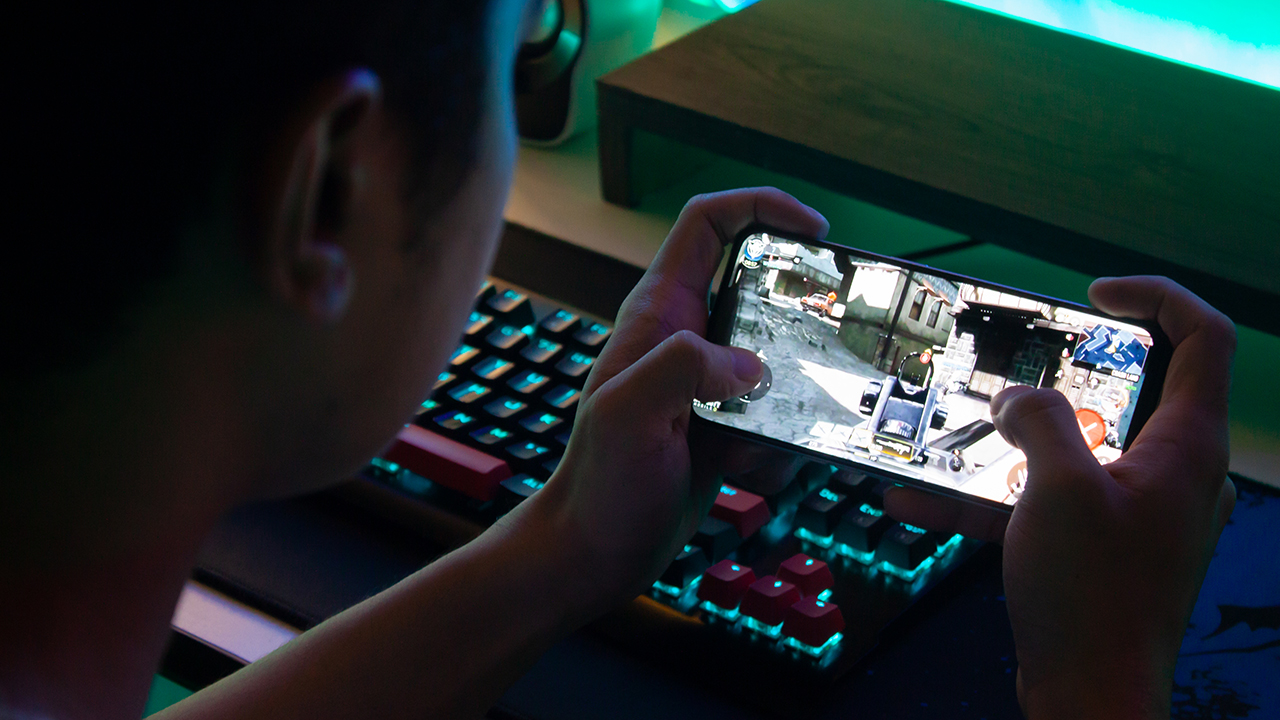
I have tested the latest games like Genshin Impact, Asphalt 9: Legends, Call of Duty: Mobile, and they all ran smoothly without any major frame drops however you need to play on low to medium graphic settings for stable performance.
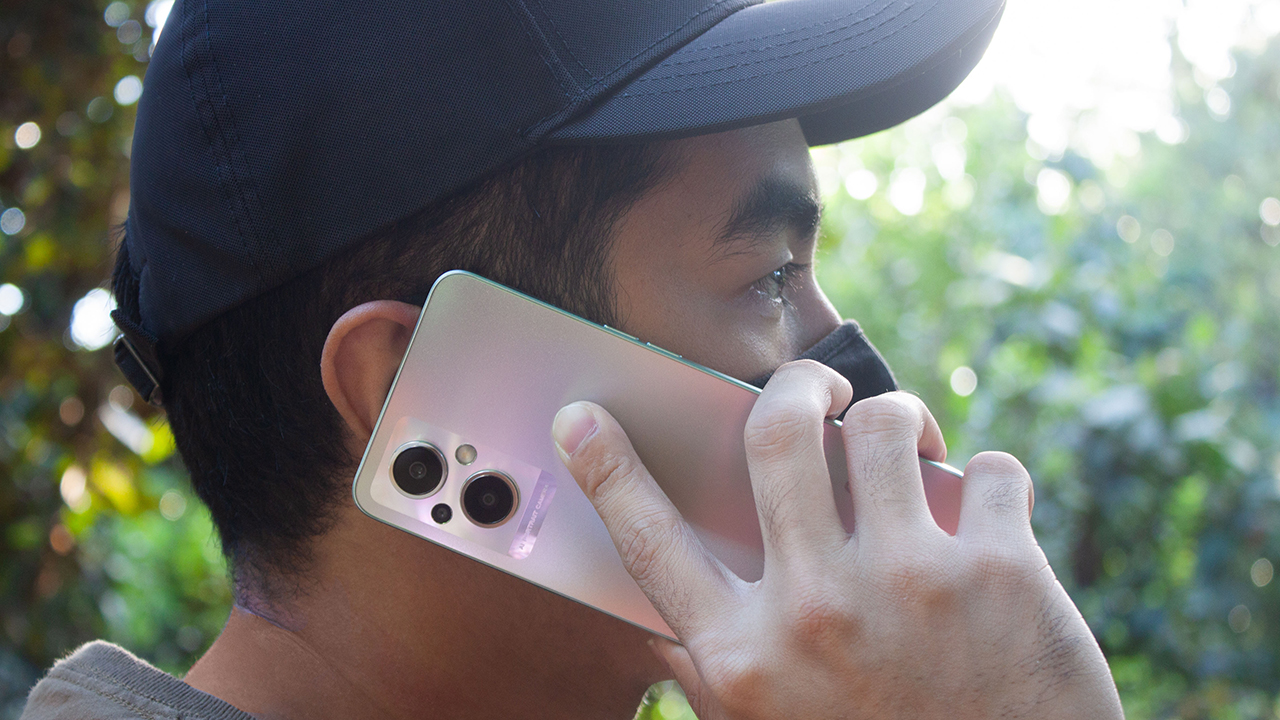
Next would be the Reno7 Z’s 5G capability. With the latest upgrade network companies have to offer, 5G is definitely nice to have in your arsenal; boasting an average speed of up to 200 Mbps in busy areas in Metro Manila and even outside the city.
Battery
Packed with a 4500mAh battery, the Reno7 Z 5G can last a whole day without charging even when used on daily tasks like browsing social media and watching videos.
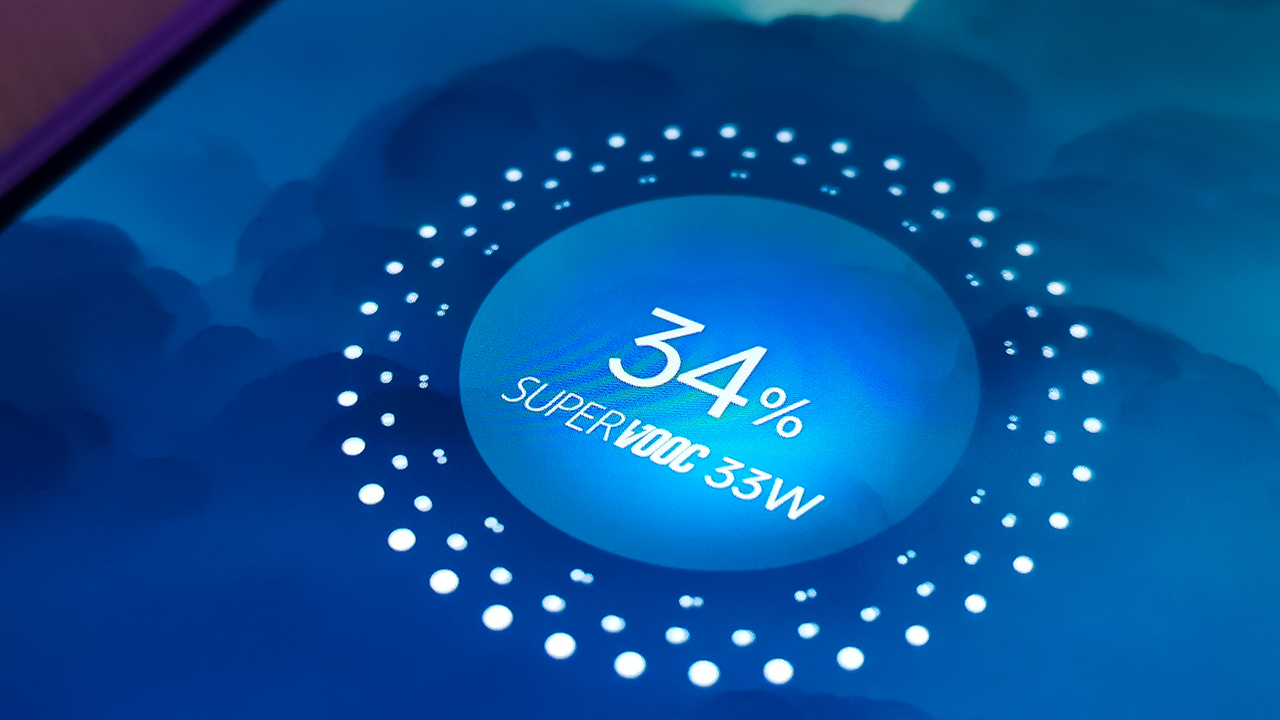
OPPO even claims that the battery can last up to a staggering 262 hours under off-screen mode and because of its ultra-fast charging, you can easily jump back into action as the phone can be fully charged in just barely an hour.
In my tests, a mere 15-minute charging can boost the battery percentage with an additional 30% of power.
Conclusion
Overall, the Reno7 Z 5G is a solid mid-range phone with a price of PhP 19,999. Although there are some camera downgrades compared to its Reno6 Z predecessor, the Reno7 Z 5G still has the capability to produce decent images thanks to its powerful AI algorithm that enhances your photos.

I initially thought this mobile device seems just like a regular midrange phone but as I dig deeper into its features, I ended up enjoying my experience, especially with small gimmicks like the Dual Orbit Lights and the always-on display.
The Reno7 Z 5G is a competitive upgrade from phones under the 10K price range and despite its lack of camera features, this phone is still a viable choice regardless of your regular daily tasks and routines.
For its sibling with a different feature set, watch our OPPO Reno7 5G review below.






















